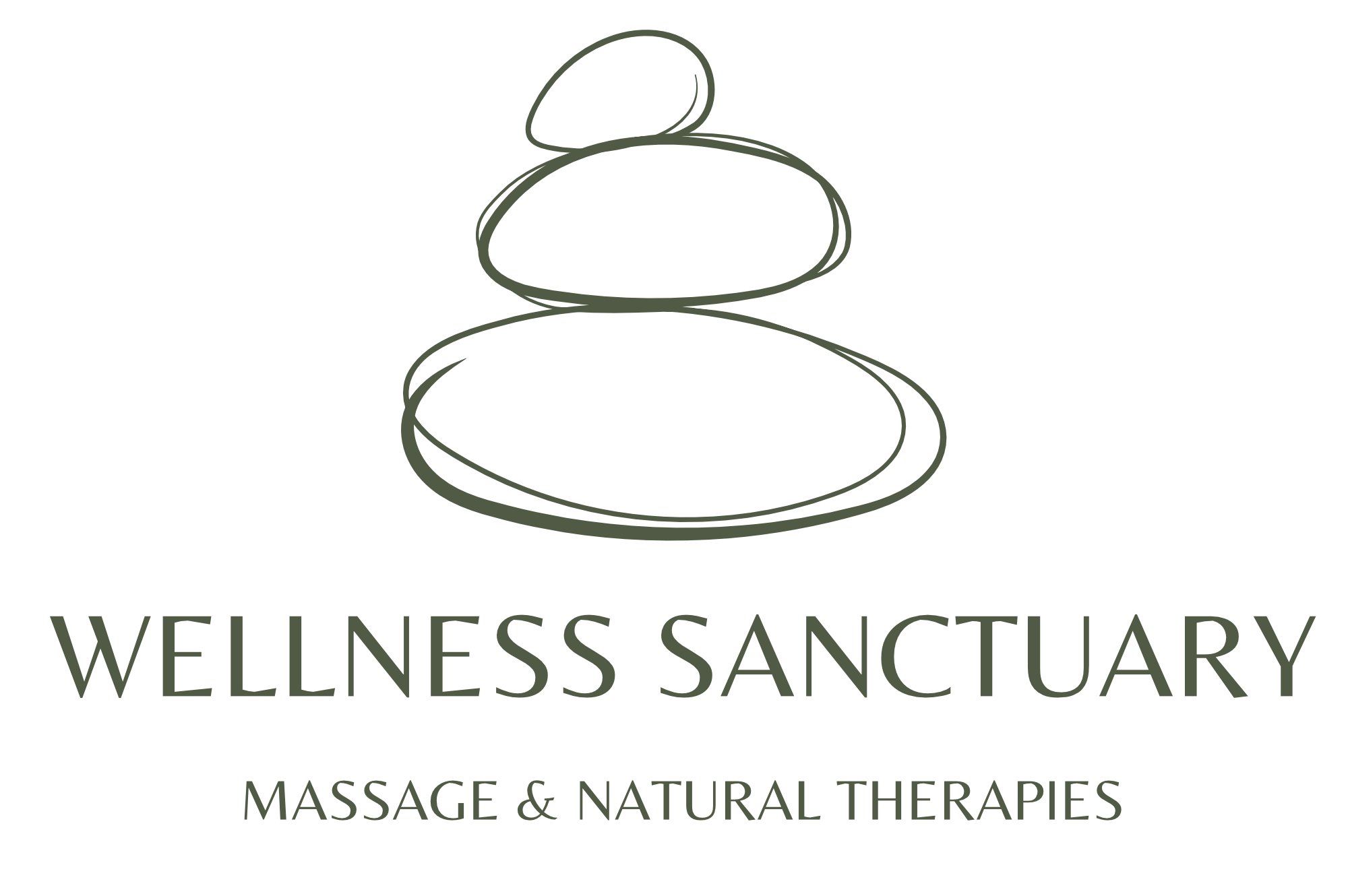DRY NEEDLING
Dry needling is used to treat muscular tension and spasm by inserting needles in a contracted painful knotted muscle to break the pain cycle, decrease muscle contraction, reduces chemical irritation, and improves flexibility.
Also known as myofascial trigger point dry needling, this form of massage uses either solid filiform needles (referred to as acupuncture needles) or hollow-core hypodermic needles for therapy to relieve muscle pain, including pain related to myofascial pain syndrome.
When dry needling is applied to an affected muscle or trigger point, it can decrease muscle tightness, increase blood flow and reduce pain. Patients often report immediate relief after treatment. The needles remain in your muscle for a short period of time — between 10 seconds and 20 minutes — during treatment. This depends on the treatment location, number of needles used and treatment goals.
Dry needling usually is paired with exercise and other physical therapy techniques to prevent trigger points from reoccurring.
The needles used are solid and don’t inject liquid into your body. It’s the reason this treatment is referred to as ‘dry’. All forms of acupuncture use dry needles as well.
Dry needling is a safe technique for treating many musculoskeletal conditions, including shoulder pain, rotator cuff pain, biceps tendinitis, iliotibial band syndrome, Achilles tendinitis, low back pain, tennis elbow, whiplash or neck pain, headaches, muscle strains, hip pain and temporomandibular pain, also called TMJ.
Dry needling is performed by physical therapists and licensed acupuncturists trained in the procedure. Most people report minor or no discomfort during treatment.

